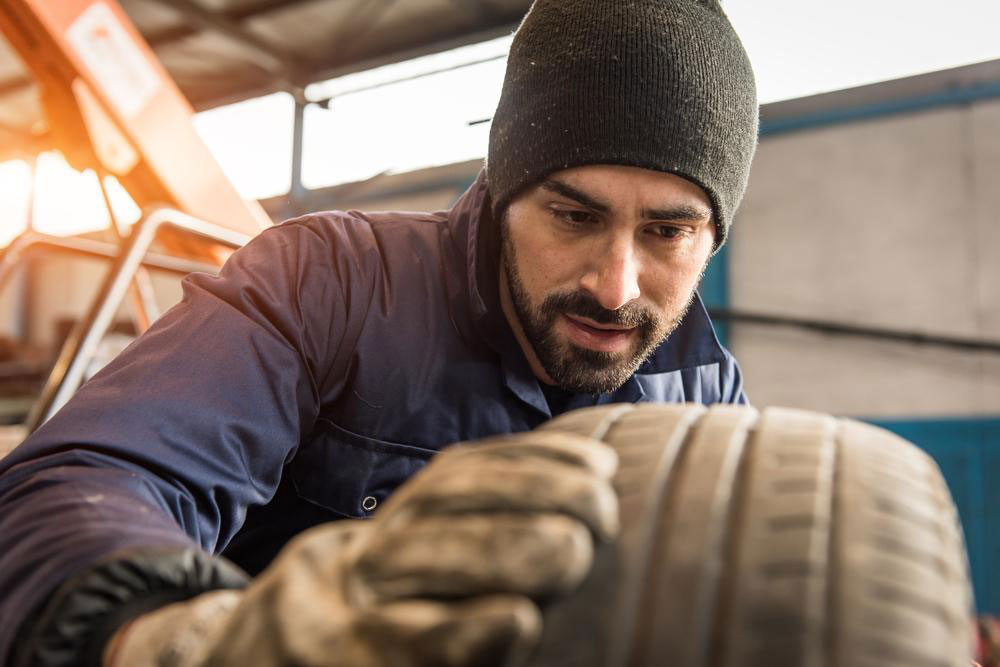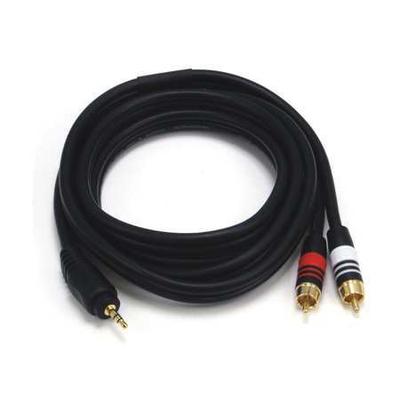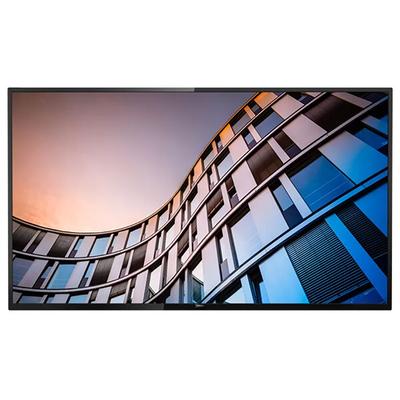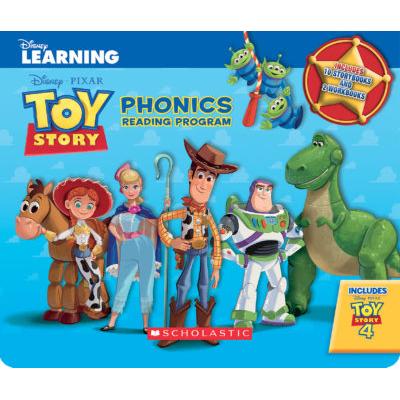Things you should know about tubeless tires

There were attempts in England and South Africa to manufacture tubeless tires in the thirties and forties. In England, a patent was granted to one Killen Tire in 1930. Wingfoot Corporation, a subsidiary of Goodyear in South Africa, got a patent in 1944. Both these companies could not make use of the patent as they encountered technical difficulties, which they could not overcome. After limited production, manufacturing was, however, discontinued. Frank Herzegh of BF Goodrich applied for a patent and he was granted one in 1952. Because of many similarities in designs with the earlier patents, Goodrich had to defend their patent many times which they did successfully. The main difference in the designs was that the earlier designs used natural rubber while Herzegh used chloro-butyl rubber. Butyl rubber has greater resistance to air leakage than natural rubber.
The traditional tire had a thin walled tube inside the rubber casing called the carcass. The air filling nozzle with a self-sealing valve is mounted on the tube. This design has a few inherent limitations. When the tire is rolling there is a relative motion in between the tube and the wall which varies with air pressure in the tube and the speed. Lower pressure than design results in an increased friction and consequential heating up. This is very significant in nonstop long-distance runs. This, in turn, increases the air pressure which can be considerable. This can cause an over pressure burst with catastrophic results. The second is that in the case of a puncture air will leak from the tube, initially through puncture hole on the tube. This leaded air would normally leak out through the imperfection on the carcassrim seating and also through the passage for the valve tube on the rim. As the pressure in the tube decreases the tube contracts and the valve tube gets pulled in leading to a rapid depressurization and a catastrophic blowout.
In the tubeless tire, a perfect sealing is achieved between the beads of the carcass and the rim. The beads have integrally molded ridges which press and seal with the rim when the tire is inflated. The butyl rubber lining limits the permeability of air and also reduces the air leak through the puncture. Advantages of the tubeless tire over the conventional are scarcely a rapid depressurization and blow out, higher mileage, more comfortable ride and better cornering characteristics. Tubeless tires have become the standard fitting in most countries.
Recent Articles
Recent Questions
What kind of life insurance builds cash value?
The rest of the premium payment will go toward your policy's cash value. The life insurance company generally invests this money in a conservative-yield investment. As you continue to pay premiums on the policy and earn more interest, the cash value grows over the years.
What is meant by insurance plans?
An insurance plan is the one that consists of a premium amount and other components used in getting a product insured. There may be various types of insurance plans with varying terms and policies.
What are the common components of insurance?
The most important components of most insurance plans are the premium and the contract. Anything written in the contract becomes its crucial component.
What are the various types of insurance policies?
There are various kinds on insurance policies that are available on various assets. Auto, health, commercial vehicle, and travel insurance are some of the popular types of insurance policies.








